Evaluating Pressure‐dependent Discharge Behavior of Foil Versus In situ Plated Lithium Metal Anodes in Solid‐State Batteries
Advanced Energy Materials, Volume 15, Issue 12, March 25, 2025.

Operando direct current (DC) Distribution of Relaxation Time (DRT) analysis studies the evolution of voids in Li anodes. The combination of techniques enables unprecedented insight into how pressure and Li thickness (in situ formed vs Li foil) affect void morphology during stripping.
Abstract
Anode-free manufacturing of solid-state batteries (SSBs) shows promise to maximize energy density by eliminating excess lithium (Li) and simplifying battery production. However, high reversibility during discharge (stripping of Li) is necessary for long-lifetime SSBs with a limited Li reservoir. Further, the plastic flow of Li changes depending on the Li thickness, leading to possible differences in discharge performance under stack pressure. This work investigates the pressure-dependent discharge performance of anode-free manufactured SSBs with in situ plated Li and compares the performance to that of conventional thick Li foil cells. Distinct stripping behavior is observed at low pressures (0–1 MPa), where Li diffusivity and initial interfacial contact may control accessible capacity, compared to high pressures (3–10 MPa) where mechanical deformation of Li likely governs stripping behavior. Analysis of impedance spectra collected during stripping shows that additional stack pressure delays the formation of deep, as opposed to lateral, voids in the Li anode. These results provide insights to guide the transition from thick Li foil anodes to anode-free manufactured SSBs.





































































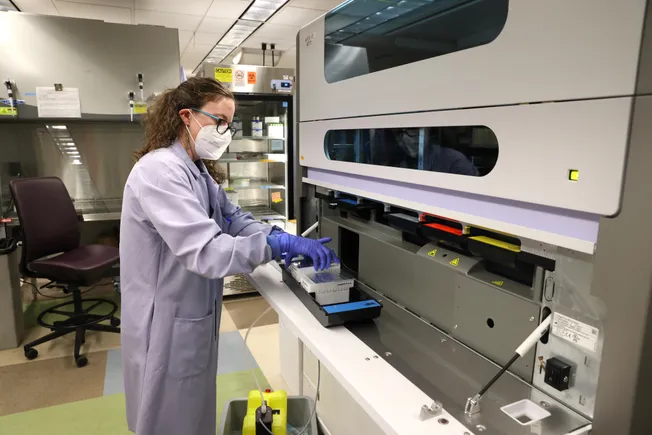


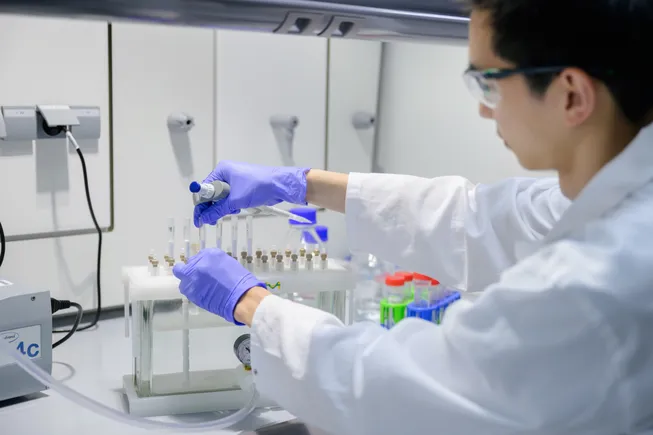














































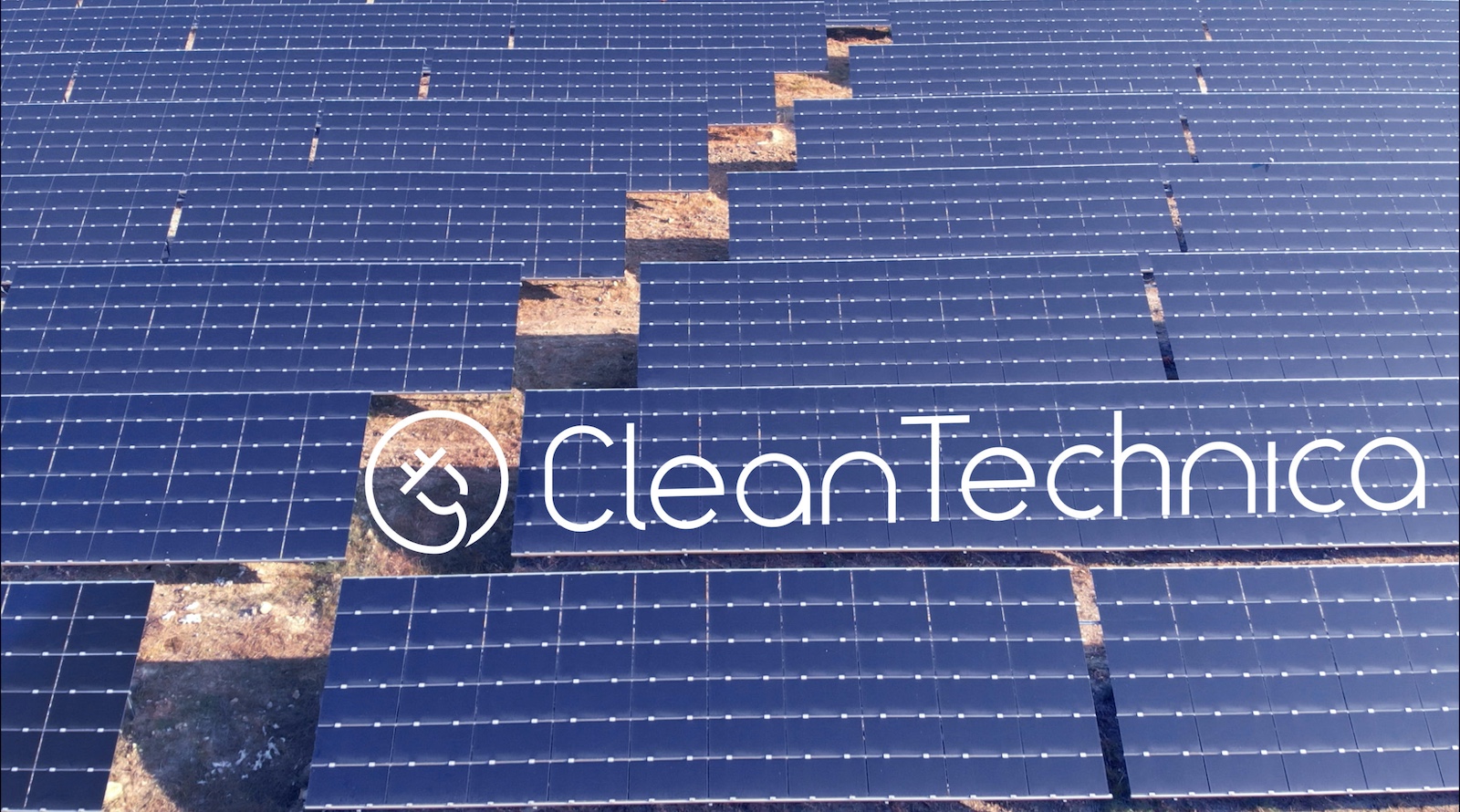



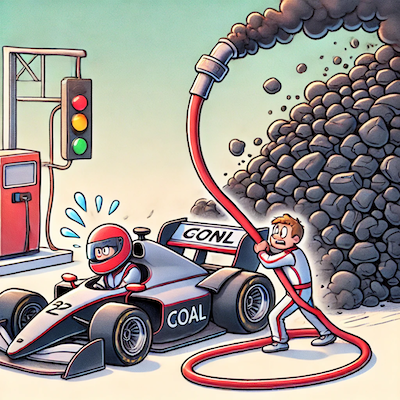

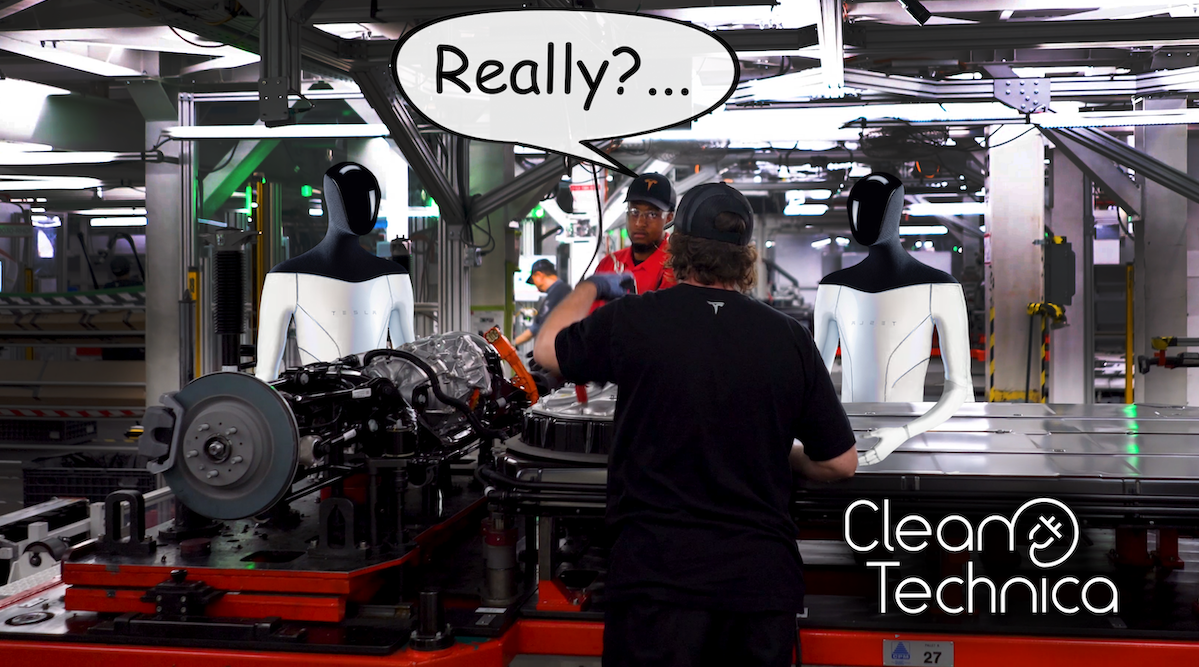









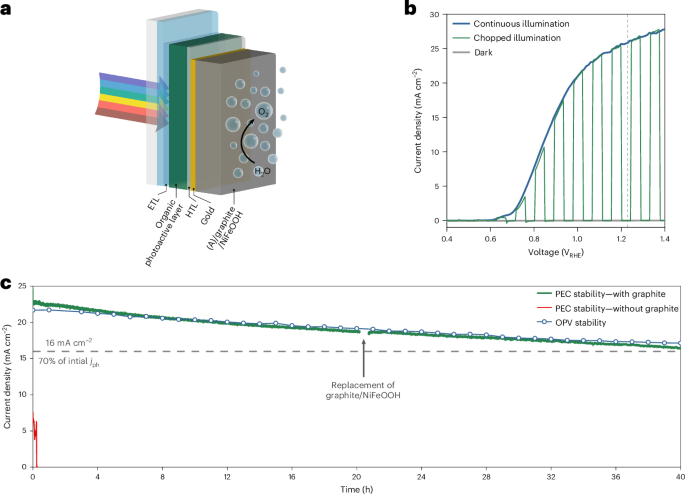


































.jpg)





